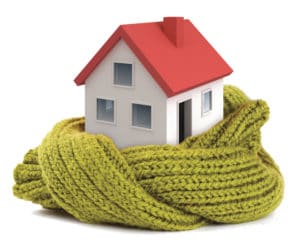Energy Savers: Insulation
Everyone wants to feel comfortable! Especially when they are at their own home and especially during the summer heat! Well, Insulation is the key to that! A properly insulated house not only can save us some money, as we don’t have to use our cooling systems so often but we also consume less energy in general which is so efficient and beneficial for the environment.
Here at Nexus Energy Center we are all about how to help others save energy while also making a difference. So what a better time to learn more about insulation than now with the summer coming our way?
Basically insulation revolves around heat flow which includes a few standard mechanisms. The first one is conduction which is the way heat moves through materials. The second one is convection which is the way heat circulates through liquids and gases and the third one is radiation which travels in a straight line and heats anything solid in its path that absorbs its energy.
Where you choose to insulate your house is a significant factor for your results to be optimal. Ideally we should all aim to get our homes insulated from the roof down to the foundation. Of course that is not an option for all of us, so the next best thing you can do is to consider issues your area and your house is more prone to have and start from that.
Some examples of where is more common for people to insulate are the following. Unfinished attic spaces: between and over floor joints. Finished attic rooms: between the studs of walls and the roof. All exterior walls, including walls between living spaces should be shield. Floors above cold places, like unheated garages, often need insulation, as they can cause many problems.
When it comes to actually insulating your house the choices you have for the type of insulation are many. So, you will have to determine where you want to install insulation but also the recommended R-values for the areas you want to insulate.
The materials used, also come in a large variety to choose from, depending on the type of insulation, the place that will be insulated and the actual needs of the house. There are bulky fiber materials such as fiberglass, rock and slag wool, cellulose, and natural fibers to rigid foam boards to sleek foils. There are also some other less common materials such as cementitious and phenolic foams and vermiculite and perlite are also available.
This summer we want you all to be as energy efficient as you can, while also saving money and making an impact!



Comments are closed.